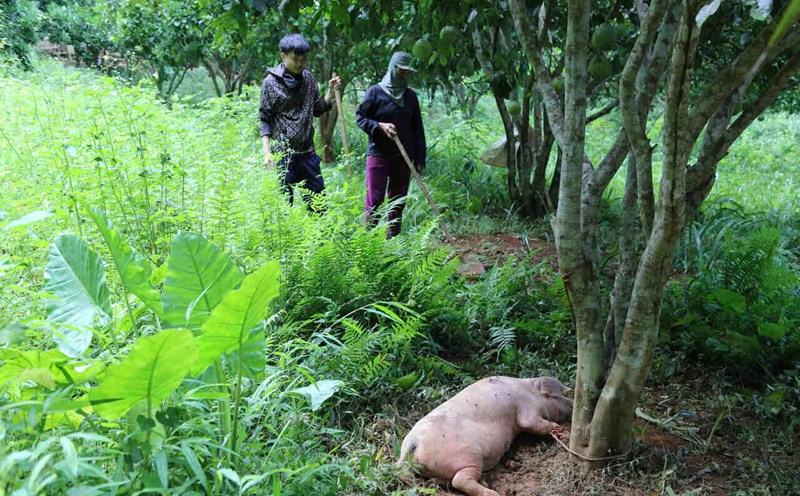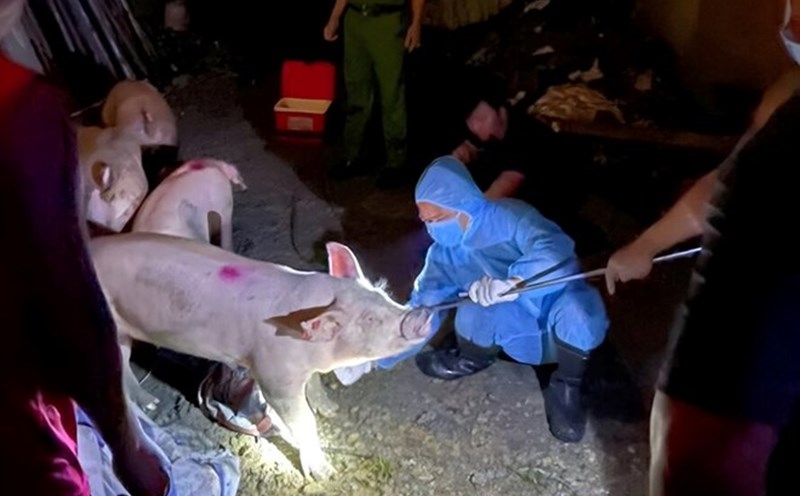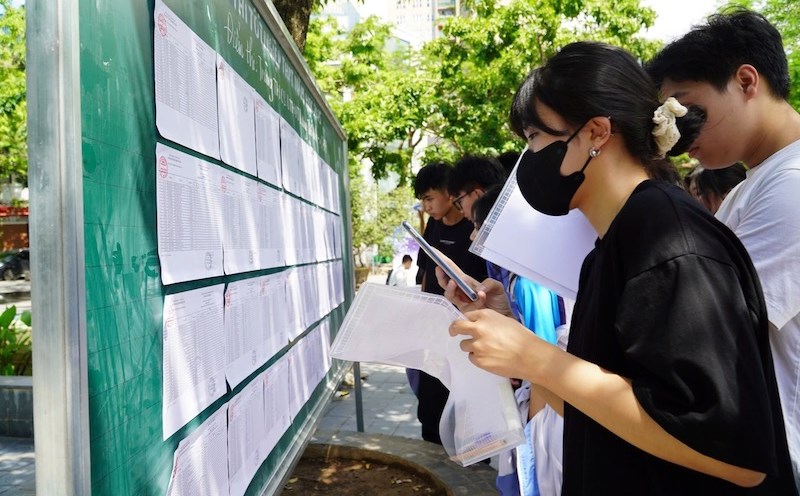According to the Department of Agriculture and Environment (DONRE) of Cao Bang province, since the beginning of the year, the African swine fever has caused severe damage in Cao Bang province, causing more than 13,000 pigs to become sick, die and be forced to be destroyed, with a total weight of nearly 659 tons.
The number of destroyed pigs belonged to 2,637 households, distributed in 49 communes and wards. Worryingly, there are still 42 communes and wards in the province that are less than 21 days - the time frame considered the end of the epidemic cycle.
According to the representative of the Department of Agriculture and Rural Development of Cao Bang province, the peak of African swine fever epidemic broke out in the area in late June and the first half of July 2025.
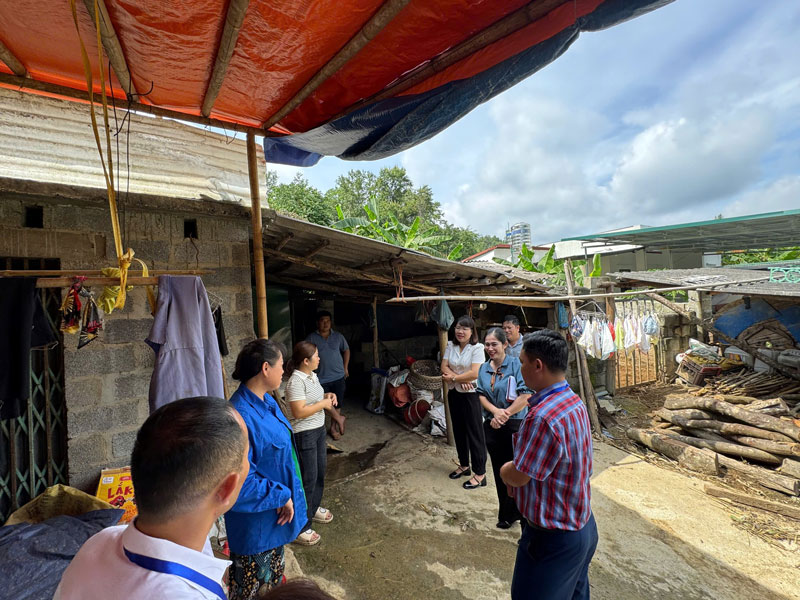
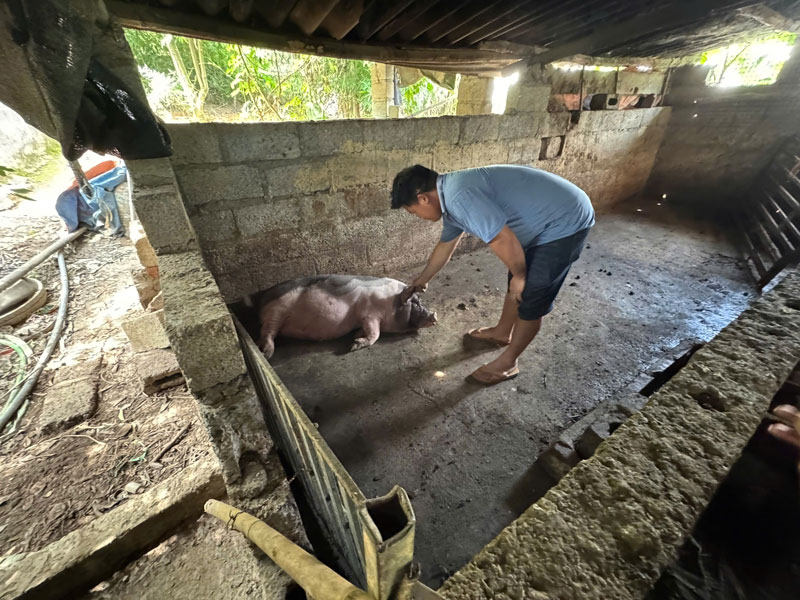
The main reason for the spread of the epidemic is that a part of the population is still subjective, has not fully vaccinated livestock, and has not strictly applied safe livestock measures.
In addition, many communes with new leaders have not caught up with the work, causing disease prevention and control work to be delayed and ineffective.
A representative of the Department of Natural Resources and Environment said: Previously, part-time veterinary staff played an important role in monitoring and guiding epidemic prevention at the facility. The absence of this force makes disease control difficult.
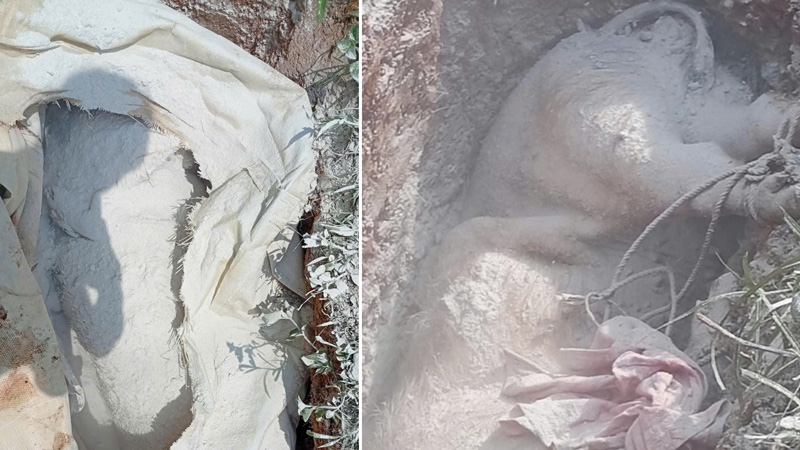
In that situation, the People's Committee of Cao Bang province issued Official Dispatch No. 15 requesting localities to urgently deploy epidemic prevention measures, strengthen control of livestock transportation and slaughter, and promote vaccination for livestock.
Recorded on July 20, many localities in the province and authorities are still conducting inspections, surveys, and disseminating solutions to help people effectively fight the epidemic.
A representative of the Department of Agriculture and Rural Development of Cao Bang province said that the current epidemic situation in the area is on the decline, but people still need to be careful, absolutely cannot be subjective.
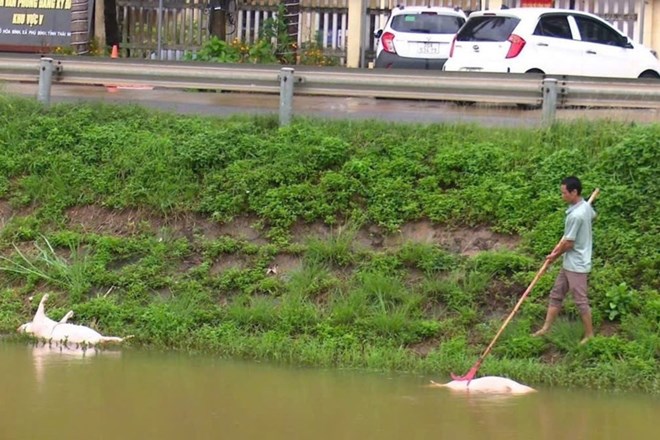
In Thai Nguyen, African swine fever also shows signs of spreading. Since the beginning of July alone, 384 infected pigs have been recorded to have been destroyed in 18 communes and wards, with a total weight of over 18 tons. Test results at many outbreaks showed positive for the African swine fever virus.
Previously, in the first half of 2025, a number of small outbreaks appeared in 37 communes in the northern part of the province, affecting the pigs of 17 households. A total of 104 pigs were destroyed, weighing over 3 tons.
The professional agency assessed that the risk of the epidemic spreading is still very high. Most of the livestock farming activities in Thai Nguyen are small-scale, the barn conditions are not guaranteed, and veterinary hygiene is limited. The vaccination has not been implemented synchronously, especially there is still a risk of dangerous infectious diseases such as foot-and-mouth disease and green ears.
Another difficulty is the shortage of human resources for veterinary facilities. After the merger, many collaborators and veterinarians have quit their jobs, leading to a lack of disease monitoring forces in scattered livestock households. Investigation, Sampling, testing and handling of outbreaks have therefore encountered many obstacles.
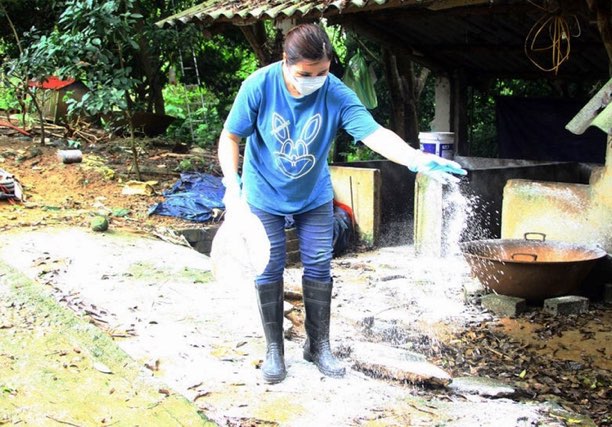
Faced with complicated developments, Thai Nguyen province has issued a document directing localities to proactively implement epidemic prevention measures. The authorities are actively propagating to people to strictly implement the 5-no principle in epidemic prevention: do not hide epidemics, do not slaughter sick pigs, do not buy and sell sick pigs, do not dump pig carcasses and do not use untreated excess food.
The Chairman of the People's Committee of communes and wards will have to take responsibility if the epidemic breaks out due to a lack of determination in direction. If the situation is not controlled soon, African swine fever can spread, seriously affecting agricultural production and disease safety throughout the region.


